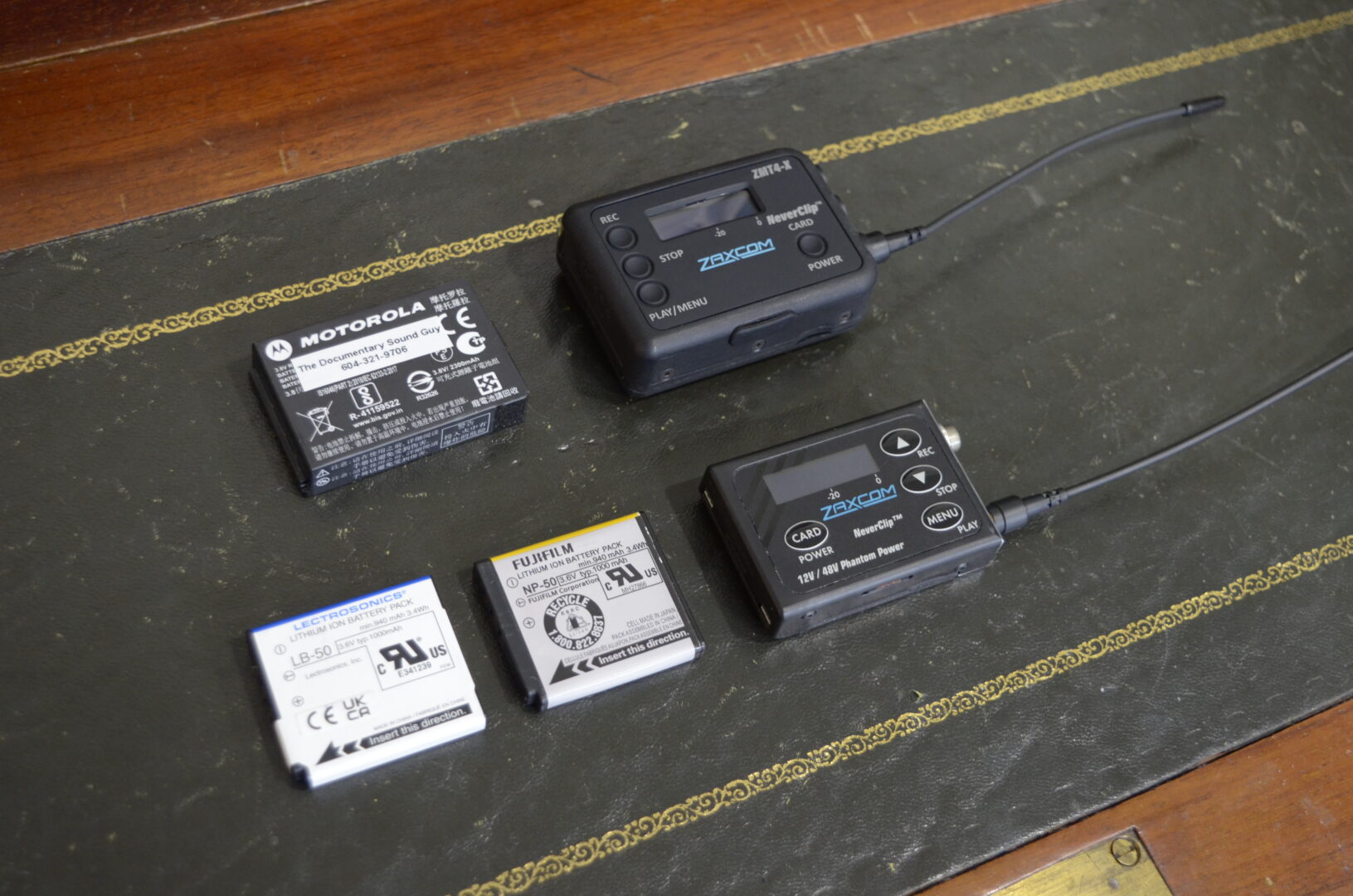
I want to share some battery tests I did with the two Zaxcom ZMT transmitters: ZMT4 and ZMT4-X.
The ZMT4 advertises “up to 7h” battery life, and uses NP-50 batteries (same as Lectrosonics SSM).
The ZMT4-X advertises “up to 16h” battery life, and uses Motorola BT100 batteries (only used by some unusual Motorola walkies as far as I can tell).
I measured battery life by putting the transmitters into record, waiting for them to die, and then ingesting the recorded files. The length of the recording is the time I used for battery life. Transmitter power was set to 50mW. For realism, I tested with a lav connected (DPA 4660). I also tested two Countryman B6s to see if a different lav model affected battery life (but I screwed up the test, so keep reading). All the transmitters were running firmware v4.59.
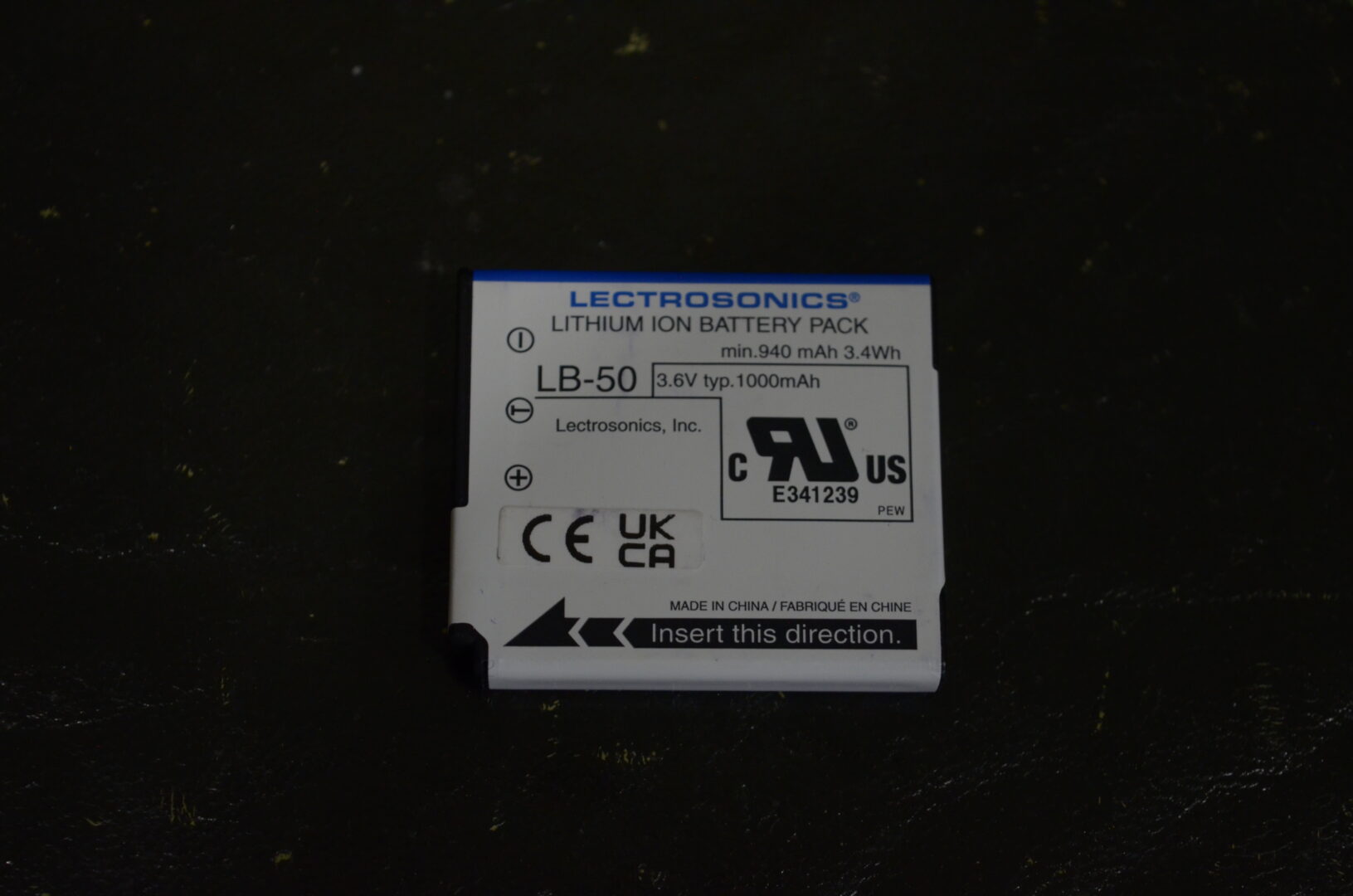
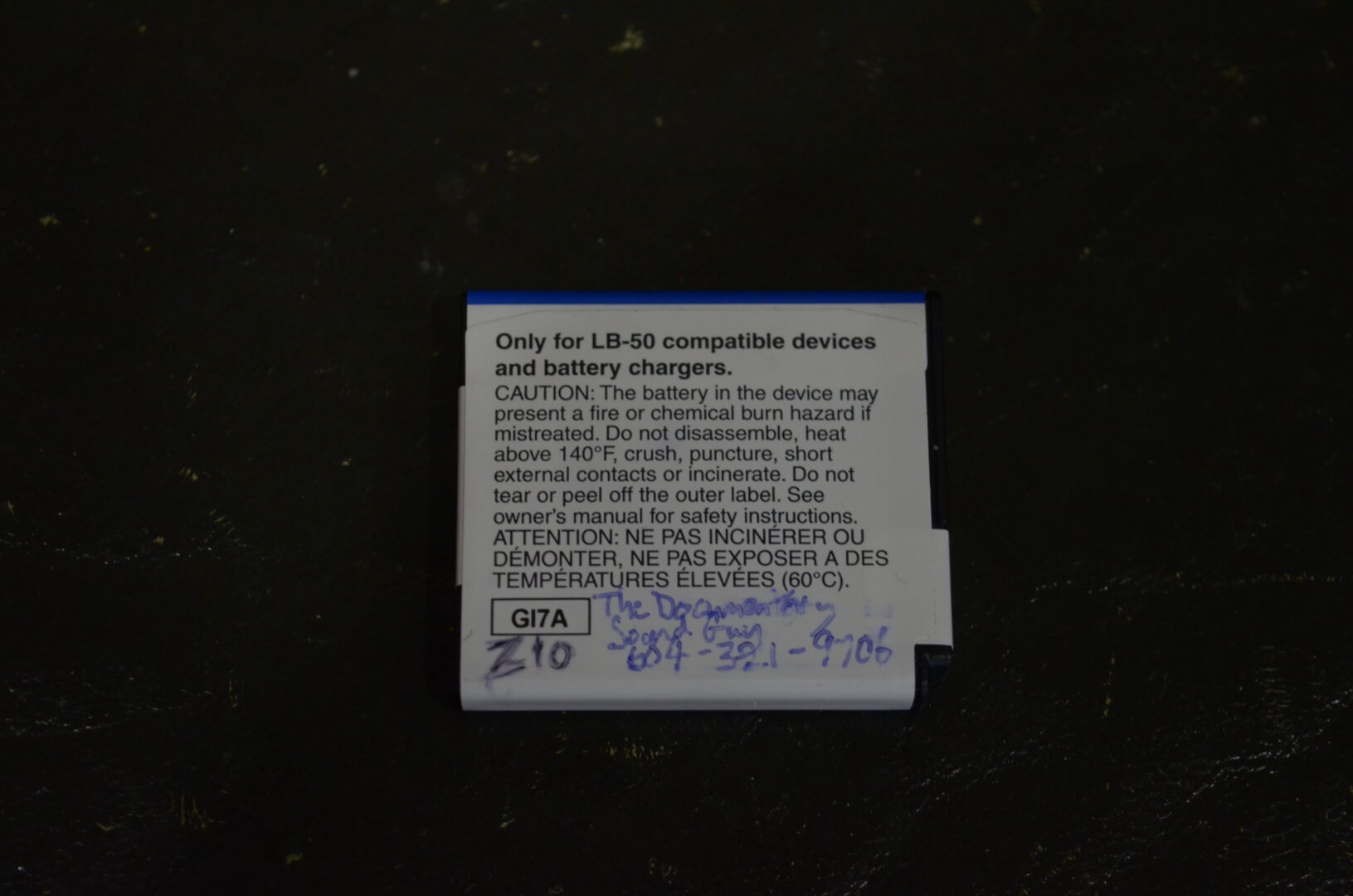

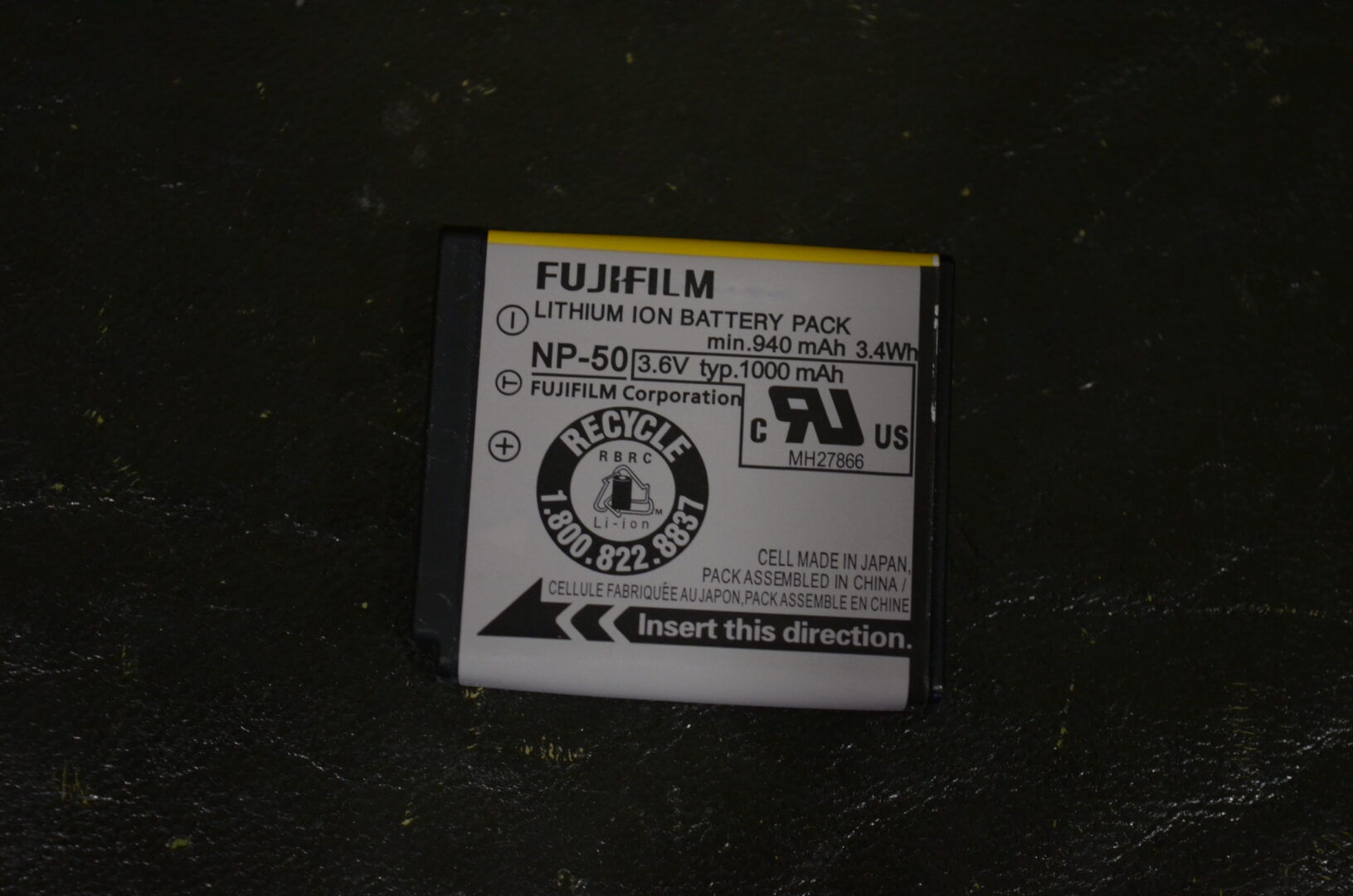
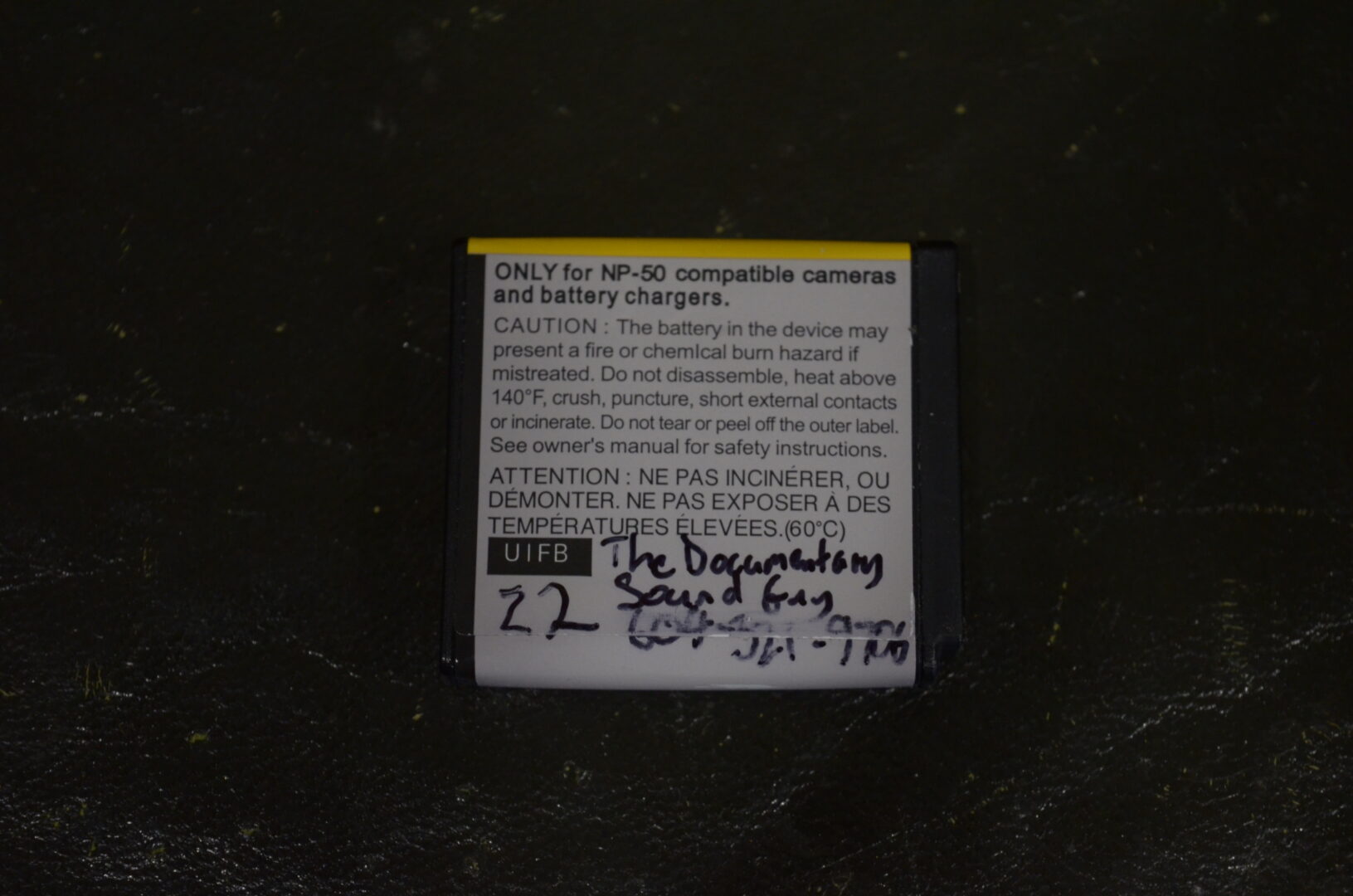
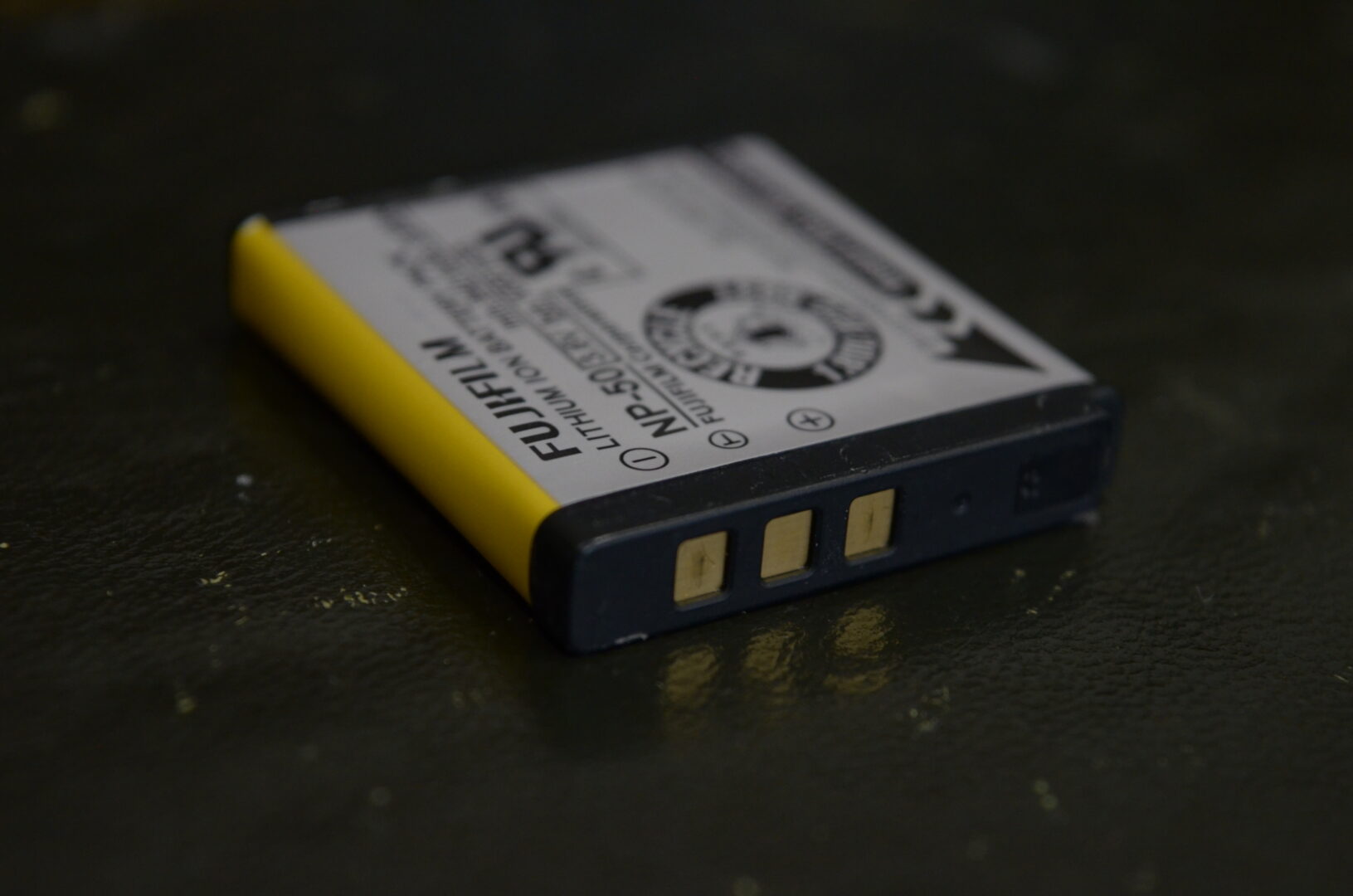
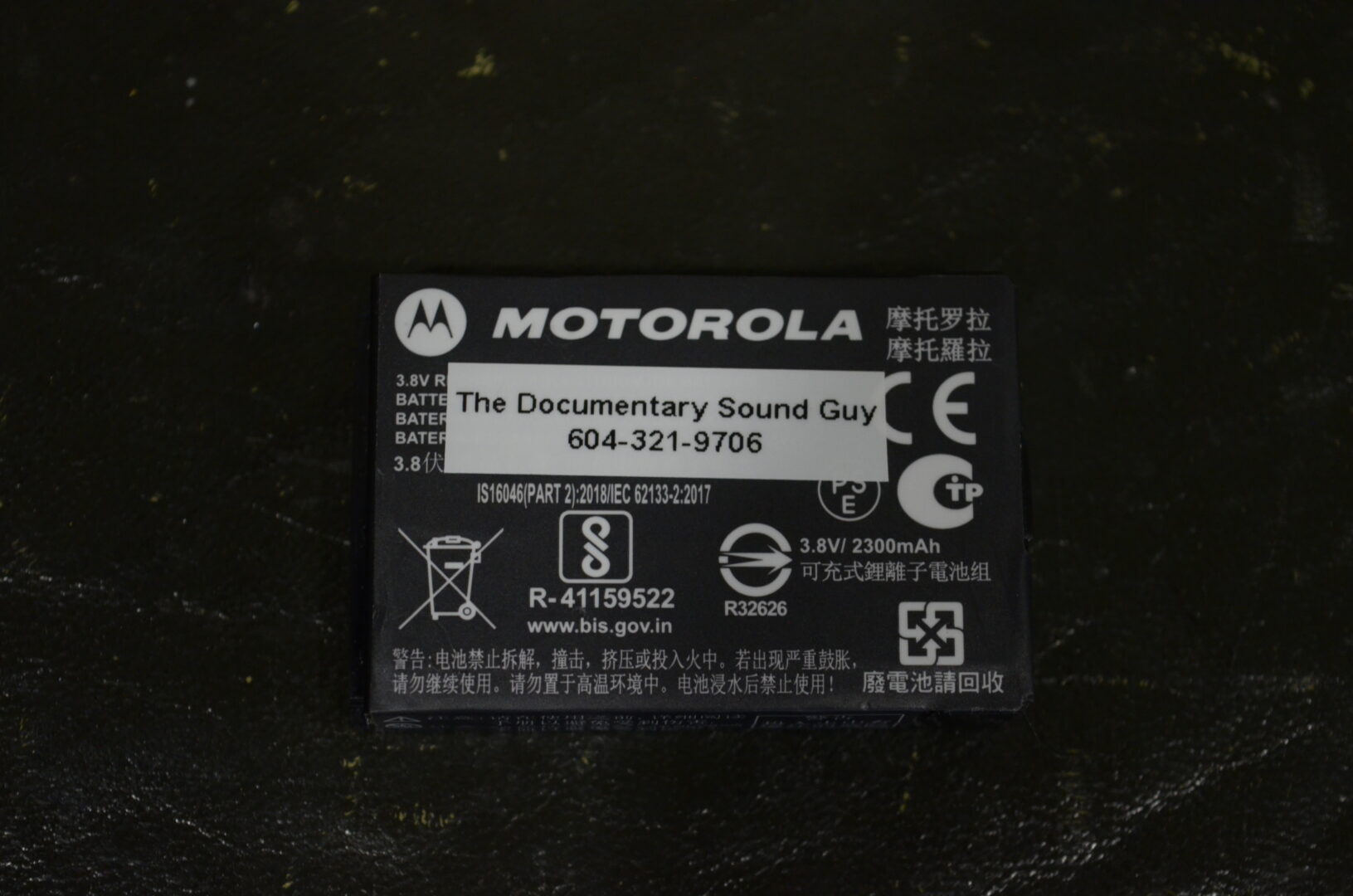
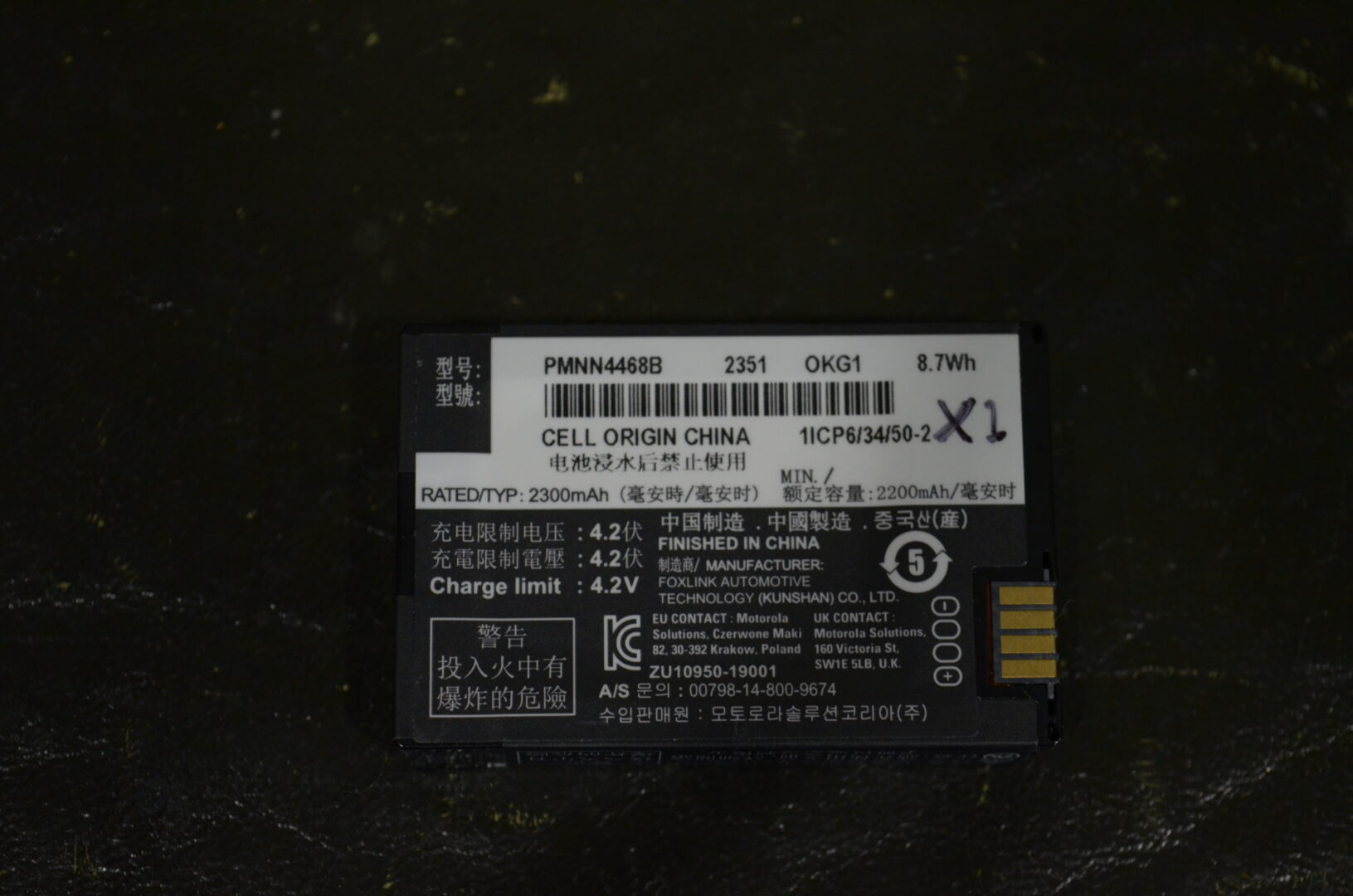

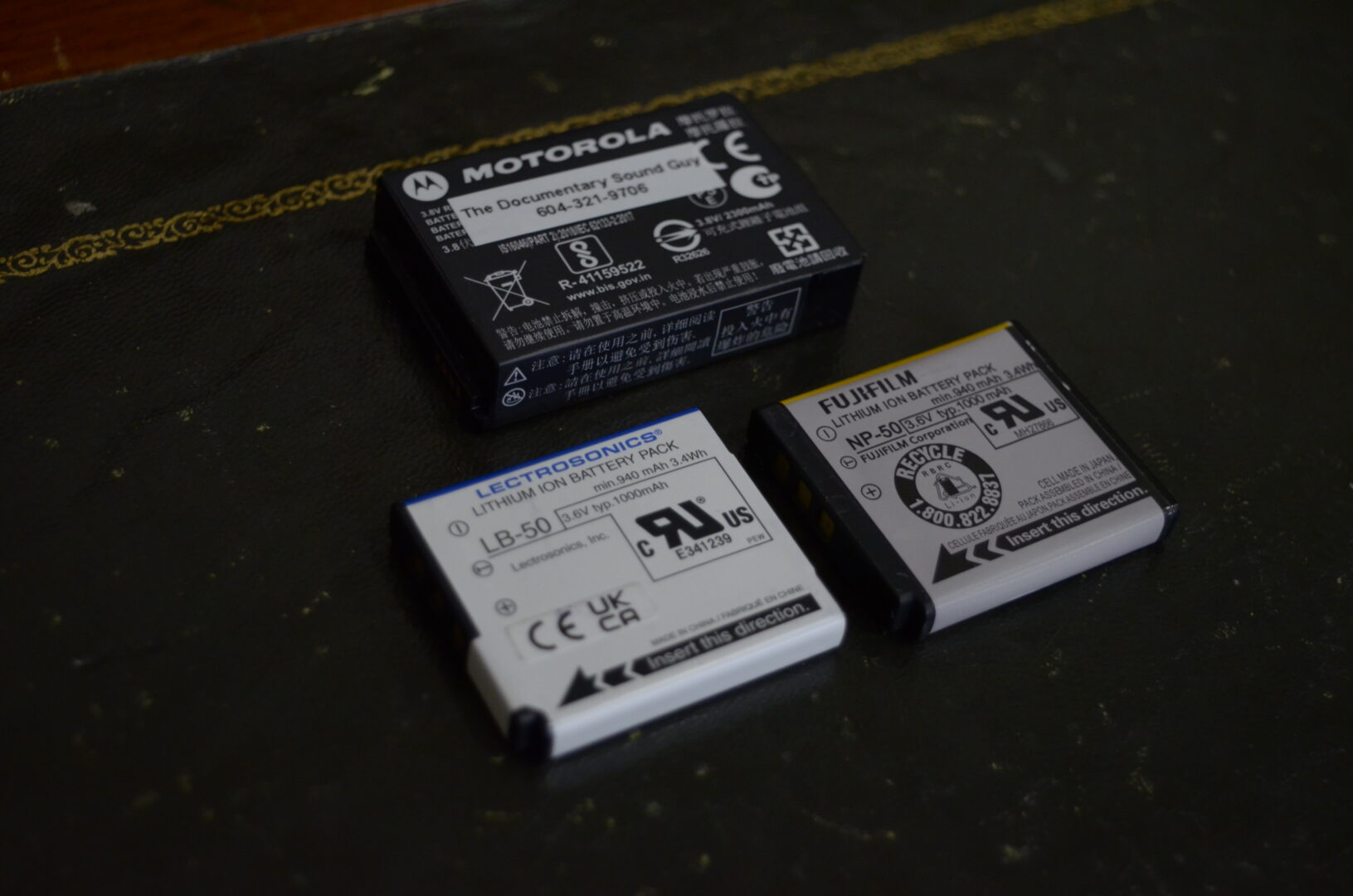
I tested two NP-50 batteries: One from Fujifilm, and Lectrosonics’ custom LB-50. Both are manufactured by Panasonic, but come from different factories and have different UL codes. The Fujifilm battery is certified under UL code MH27866, which identifies the manufacturer as “PANASONIC CORPORATION ENERGY COMPANY LITHIUM-ION BATTERY BUSINESS UNIT”. Lectrosonics is certfified under UL code E341239 and manufactured by “Panasonic Energy (Suzhou) Co., Ltd”. Both are rated for the same electrical specifications: min. 940 mAh / 3.4 Wh and 3.6V / typ. 1000 mAh.
I bought the Fuji’s about a year ago from Studio Economik, but they were probably old stock; I don’t think Fuji has actively sold them for a couple years. They’ve been lightly used in the last year; I doubt they’ve lost much of their initial capacity yet. The Lectronsonics LB-50s were brand new about a month ago.
Sadly, although Zaxcom announced their own NP-50 Pro battery last month, I didn’t have any to try. It’s worth noting that Zaxcom specs their battery at 900mAh vs. 1,000mAh for both the Fujifilm and Lectro equivalents, so on paper Zaxcom’s battery probably loses 10%. It’s worth noting that Zaxcom lists “expected runtime” for the ZMT4 as “6 hours with a lav”, so they aren’t making the seven hour claim for their own battery. Zaxcom’s battery is about half the price of Lectro’s battery, and roughly equivalent to what I bought the Fujis for … but the Fujis no longer seem to be available.
The BT100 is Motorola part no PMNN4468 (B) (the final letter apparently denotes revision, so any final letter should be compatible). The batteries were brand new. There are no generic versions of this battery available as far as I can tell, so I don’t have any other comparison. There is no UL certification number on the battery, but it does list the following information: Cell origin: China, Manufacturer: Foxlink Automotive Technology (Kunshan) Co, Ltd., 3.8V / typ. 2300mAh. Simple math converts that into 8.74 Wh. That is 2.4x the size of the NP-50, which roughly corresponds to the ratio in claimed battery life: The ZMT4-X’s 15h battery life spec is 2.3x the ZMT4’s 7h spec.
All batteries were fully charged, but had sat for about a week, so not a fresh charge.
Results
| Tx Type | Battery Type | Lav Type | Recording time |
|---|---|---|---|
| Zaxcom ZMT4 | Fujifilm NP-50 | Countryman B6 | 5:41 |
| Zaxcom ZMT4 | Fujifilm NP-50 | Countryman B6 | 5:47 |
| Zaxcom ZMT4 | Lectrosonics LB-50 | DPA 4660 | 6:43 |
| Zaxcom ZMT4 | Lectrosonics LB-50 | DPA 4660 | 6:47 |
| Zaxcom ZMT4-X | Motorola PMNN4468B | DPA 4660 | 15:49 |
| Zaxcom ZMT4-X | Motorola PMNN4468B | DPA 4660 | 15:00 |
Observations
Under ideal circumstances, the batteries do get pretty close to Zaxcom’s advertised runtime, which is great. Both the ZMT4 and ZMT4-X came within 15 minutes of their advertised runtime — on the best case result. For the ZMT4, it was within 3.1% of advertised runtime, for the ZMT4-X was within 1.1%.
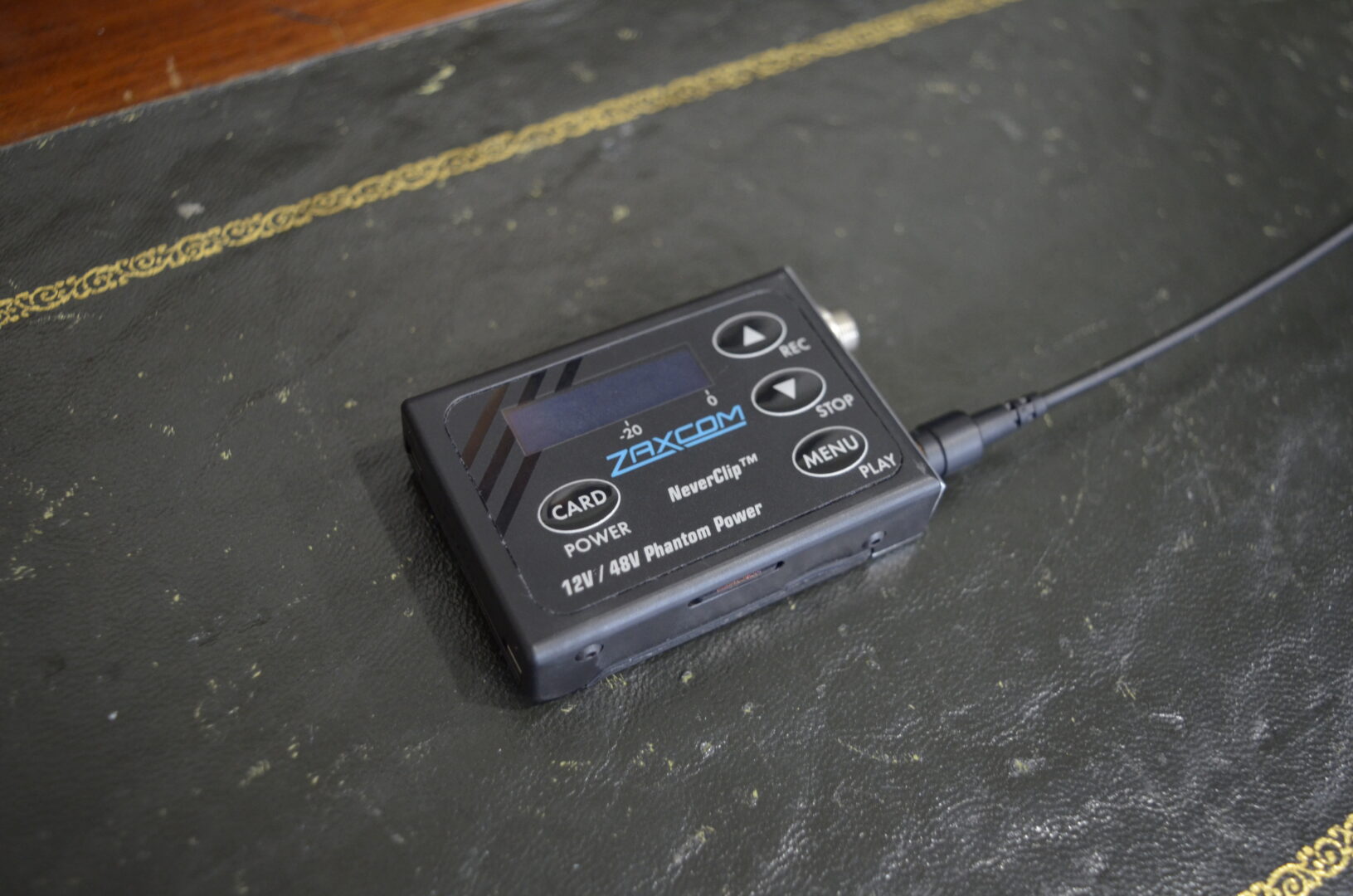
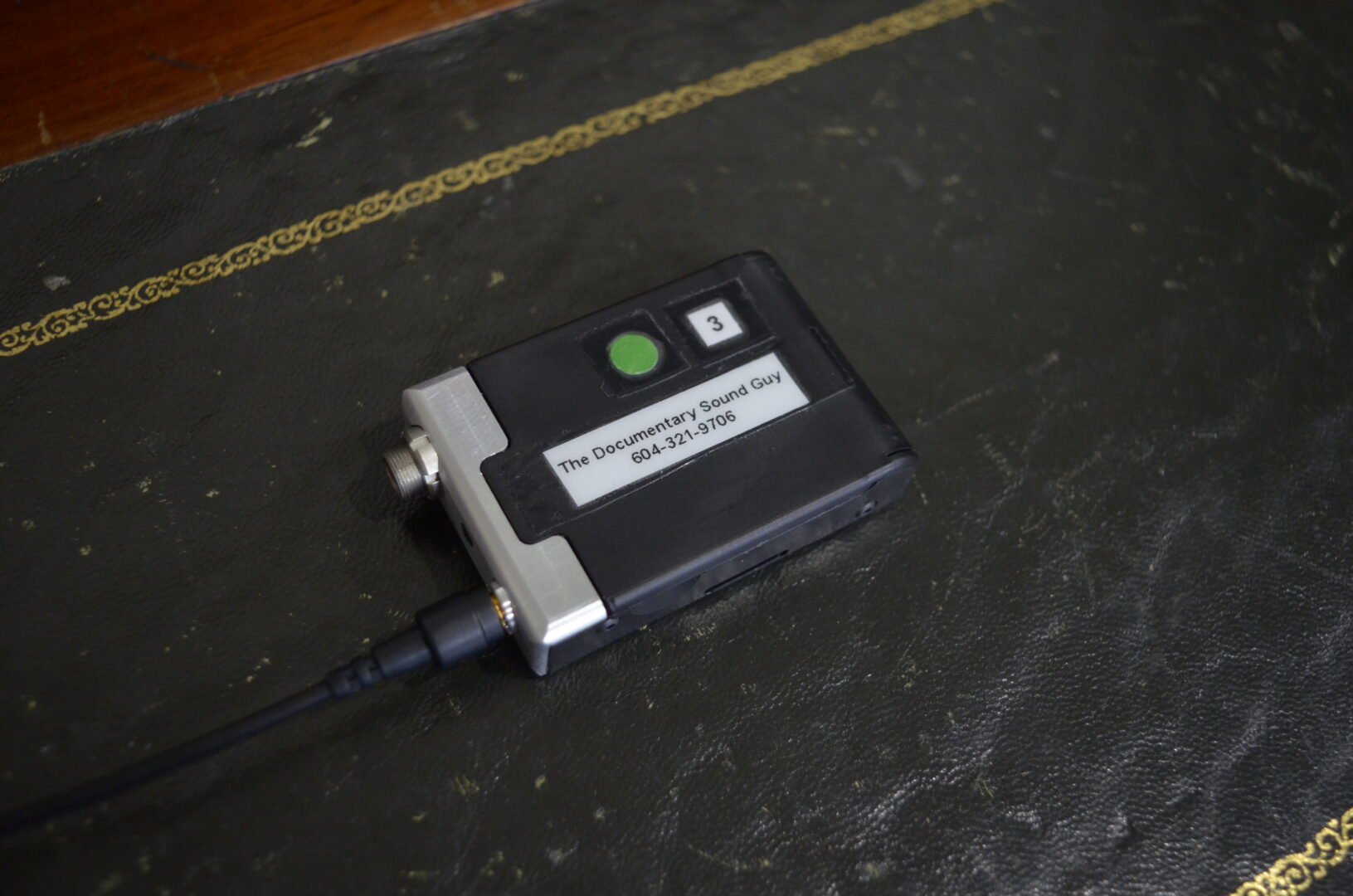
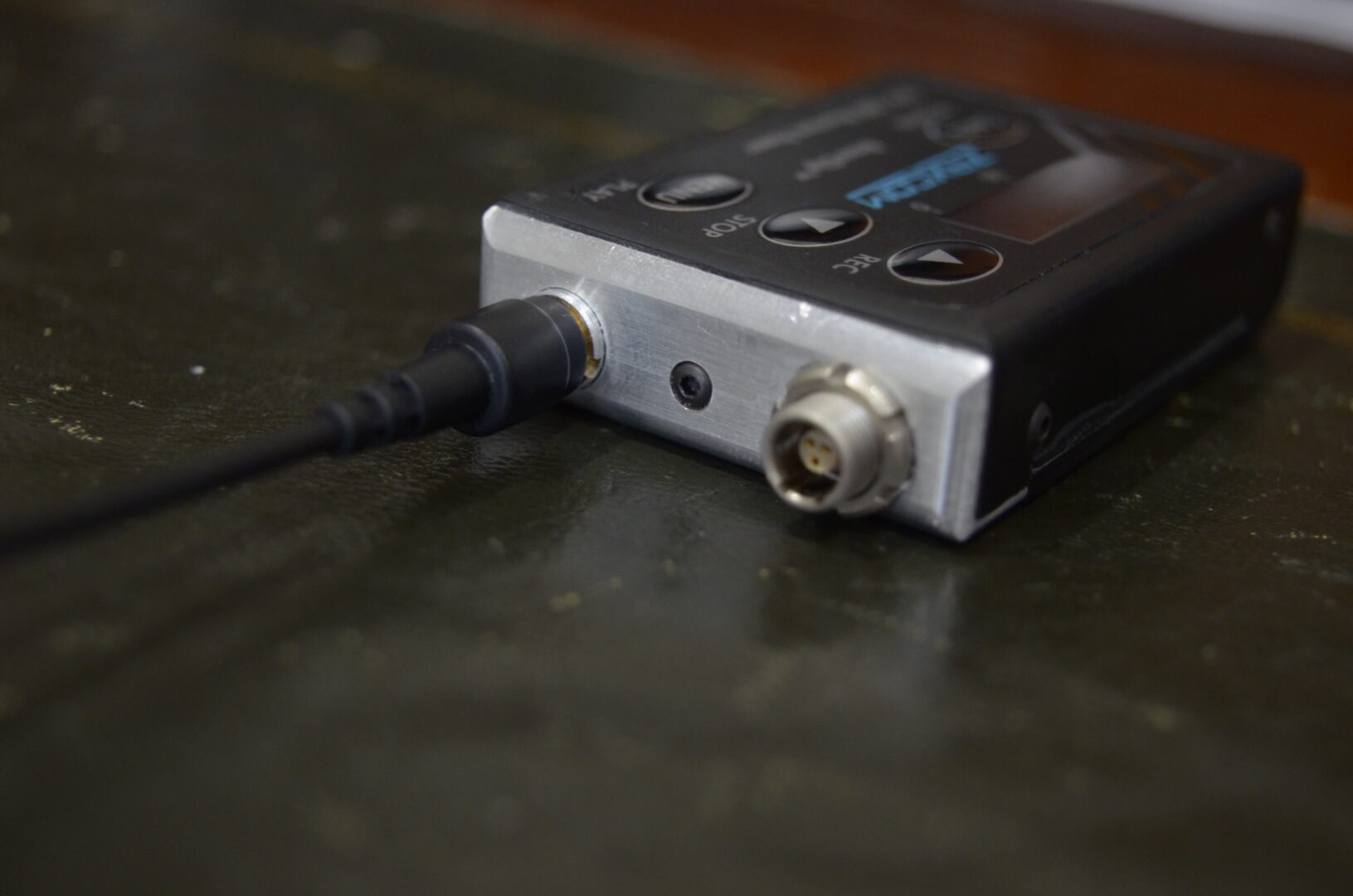

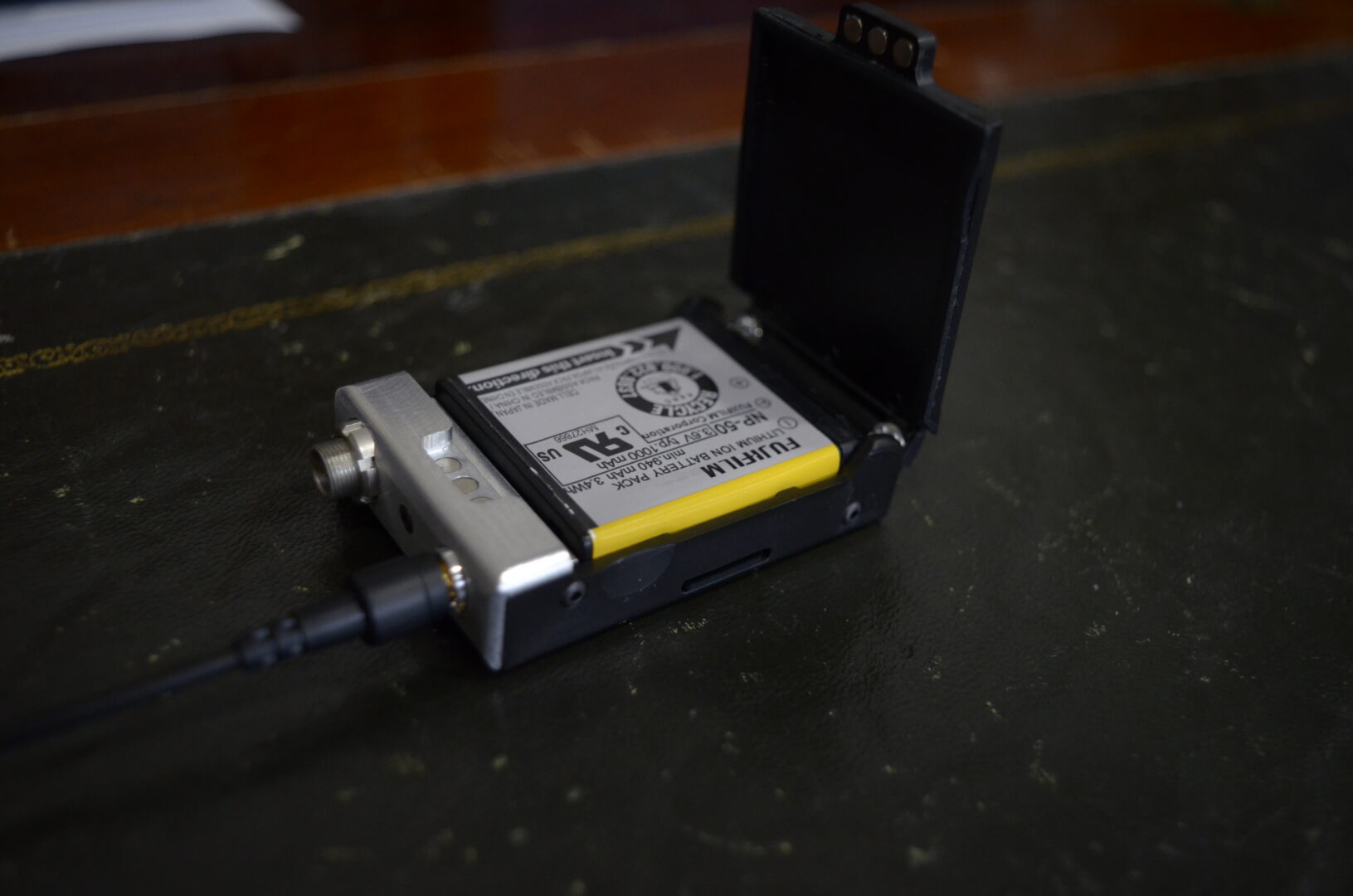
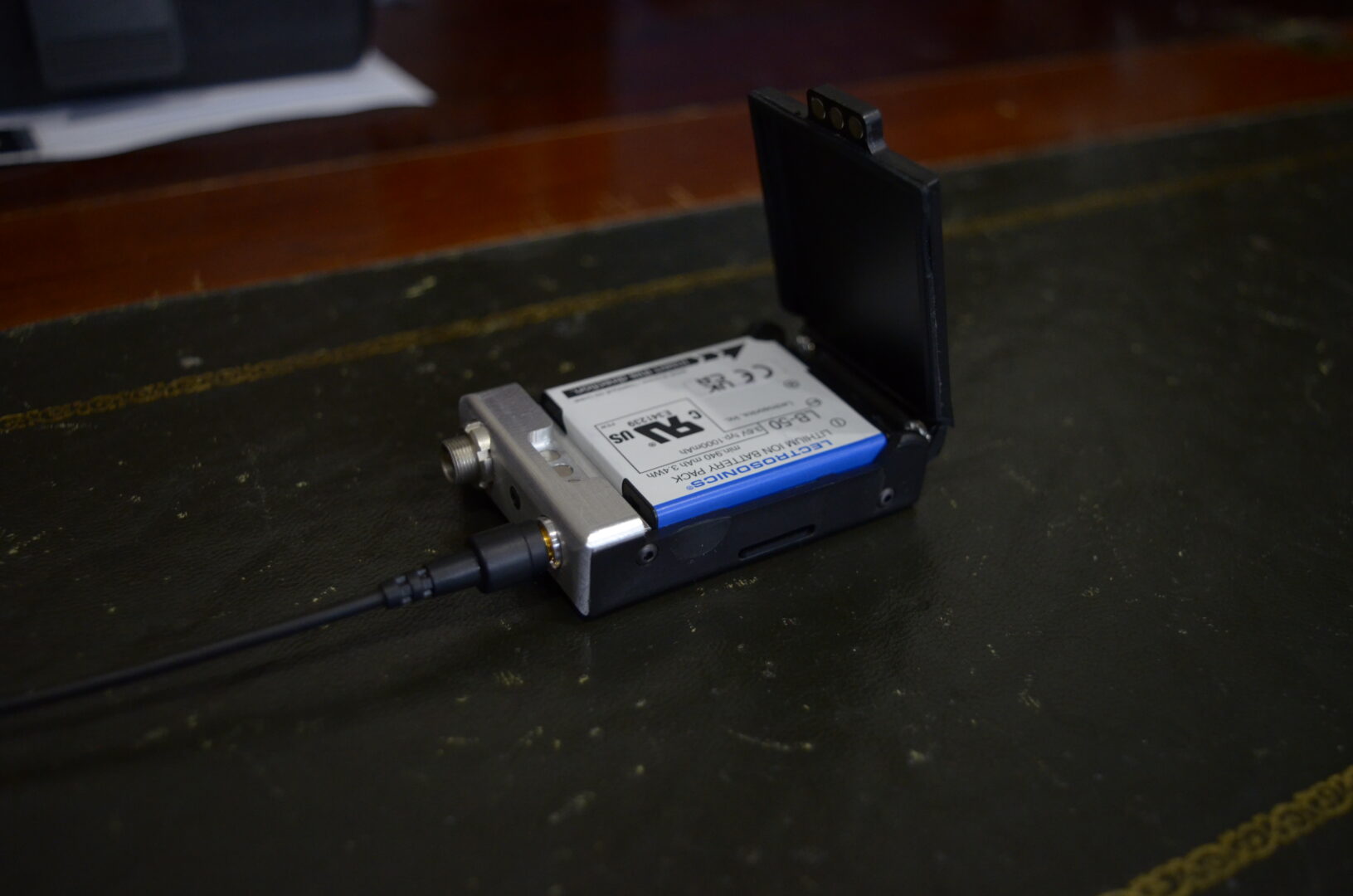
Here’s the part that I screwed up: I inadvertently paired the two DPA4660s with the Lectrosonics LB-50s and the two B6s with the Fujifilm NP-50s. And the B6 / Fujifilm combo gave almost exactly an hour less recording time than the DPA4660 / Lectrosonics combo. Looking at the data alone, I can’t tell if Lectro’s batteries are fundamentally better than Fuji’s, if B6s are significantly more power hungry than DPAs, or a combination of both. I suspect that Lectro’s battery is the major difference (my guess is they have an advantage in both age and manufacturing quality), but I can’t prove it.
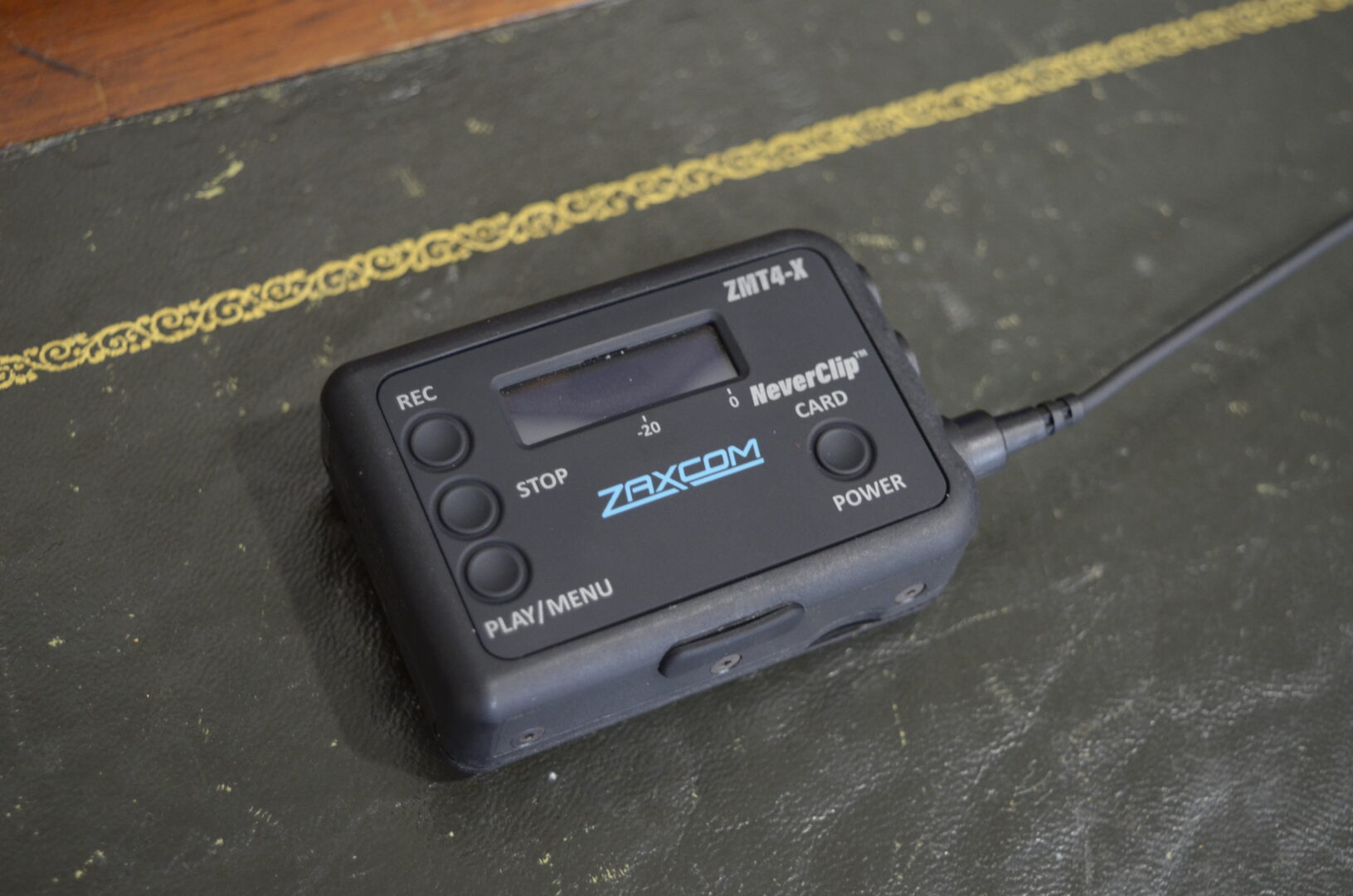
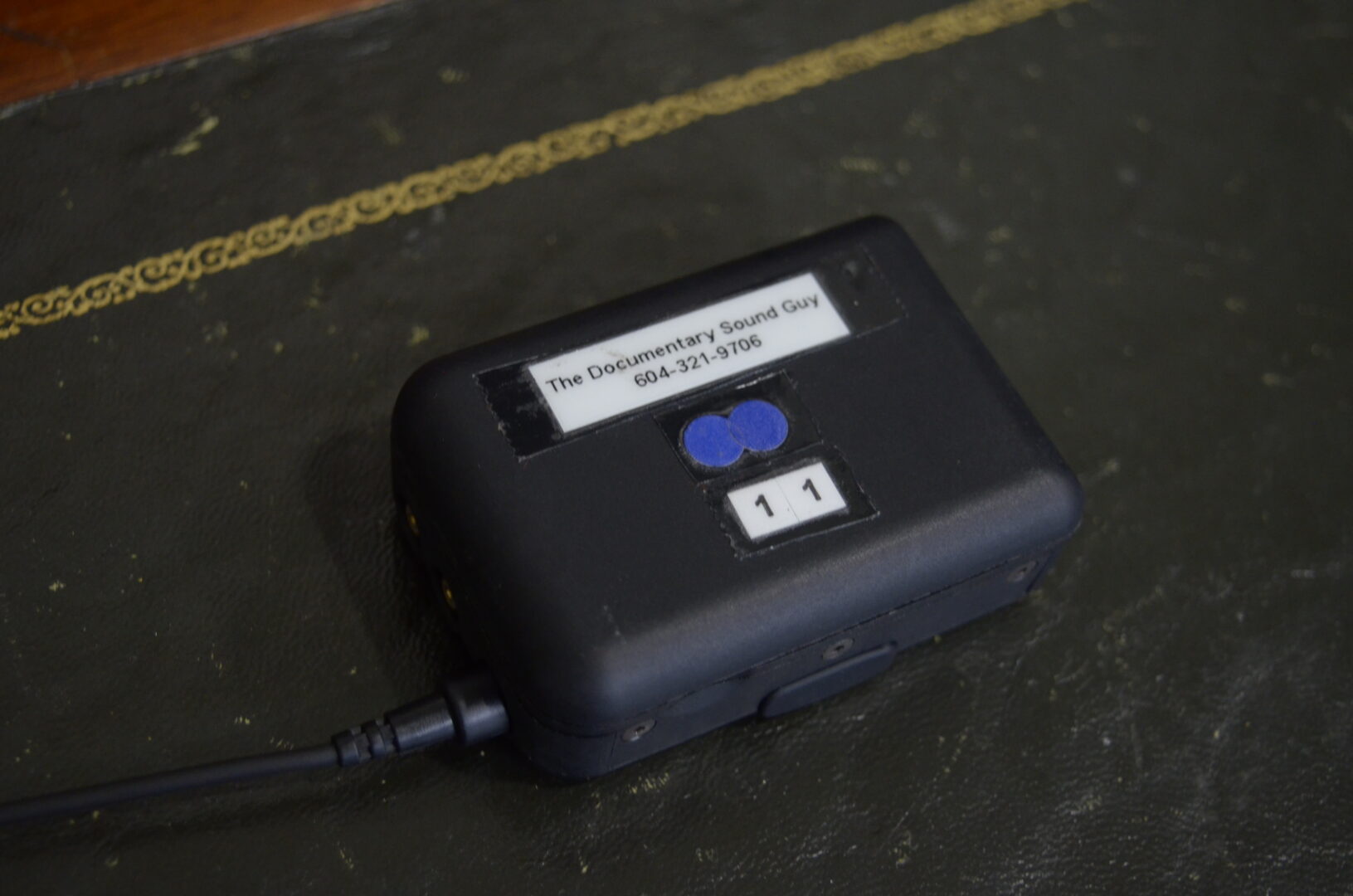


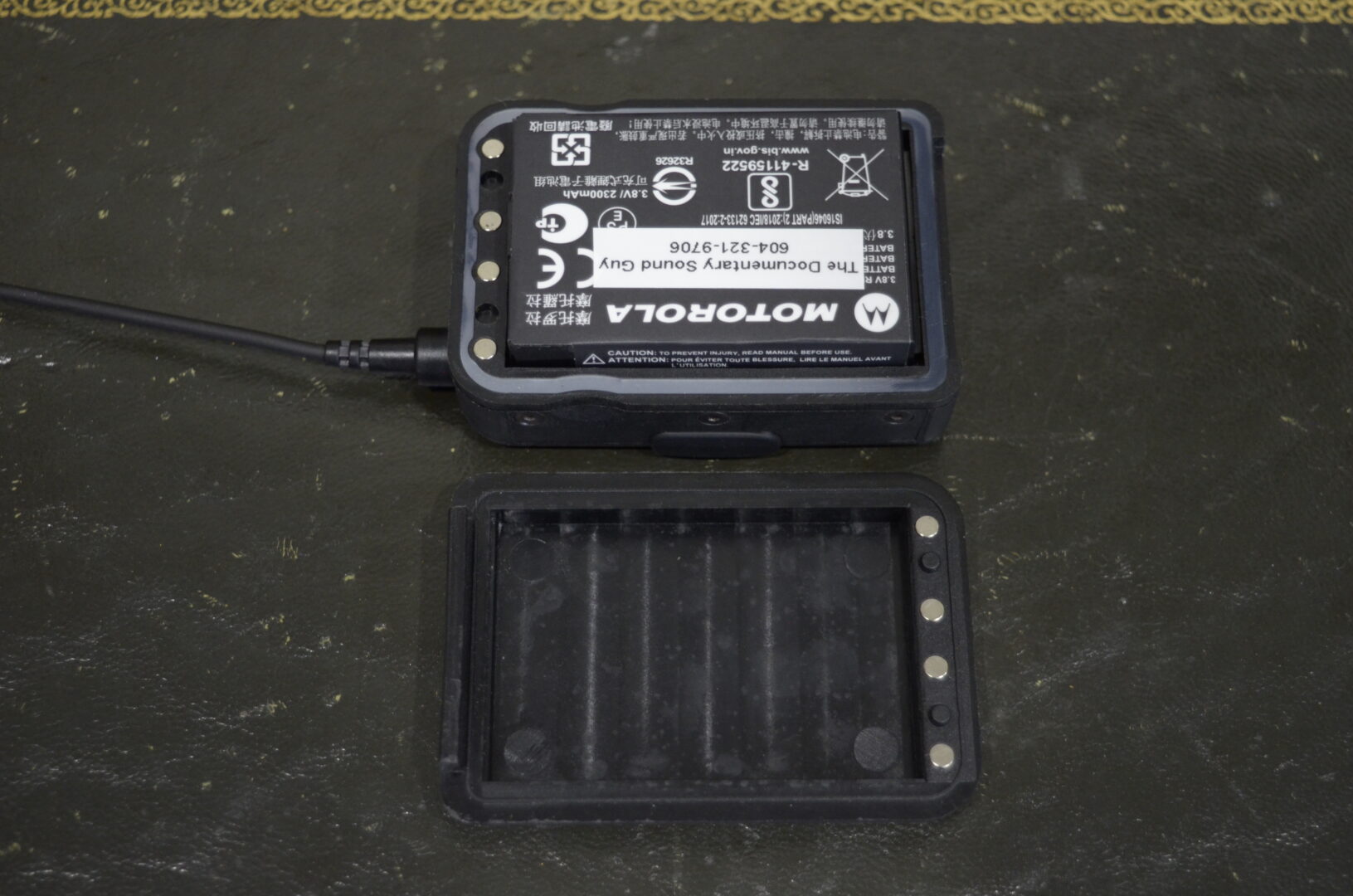
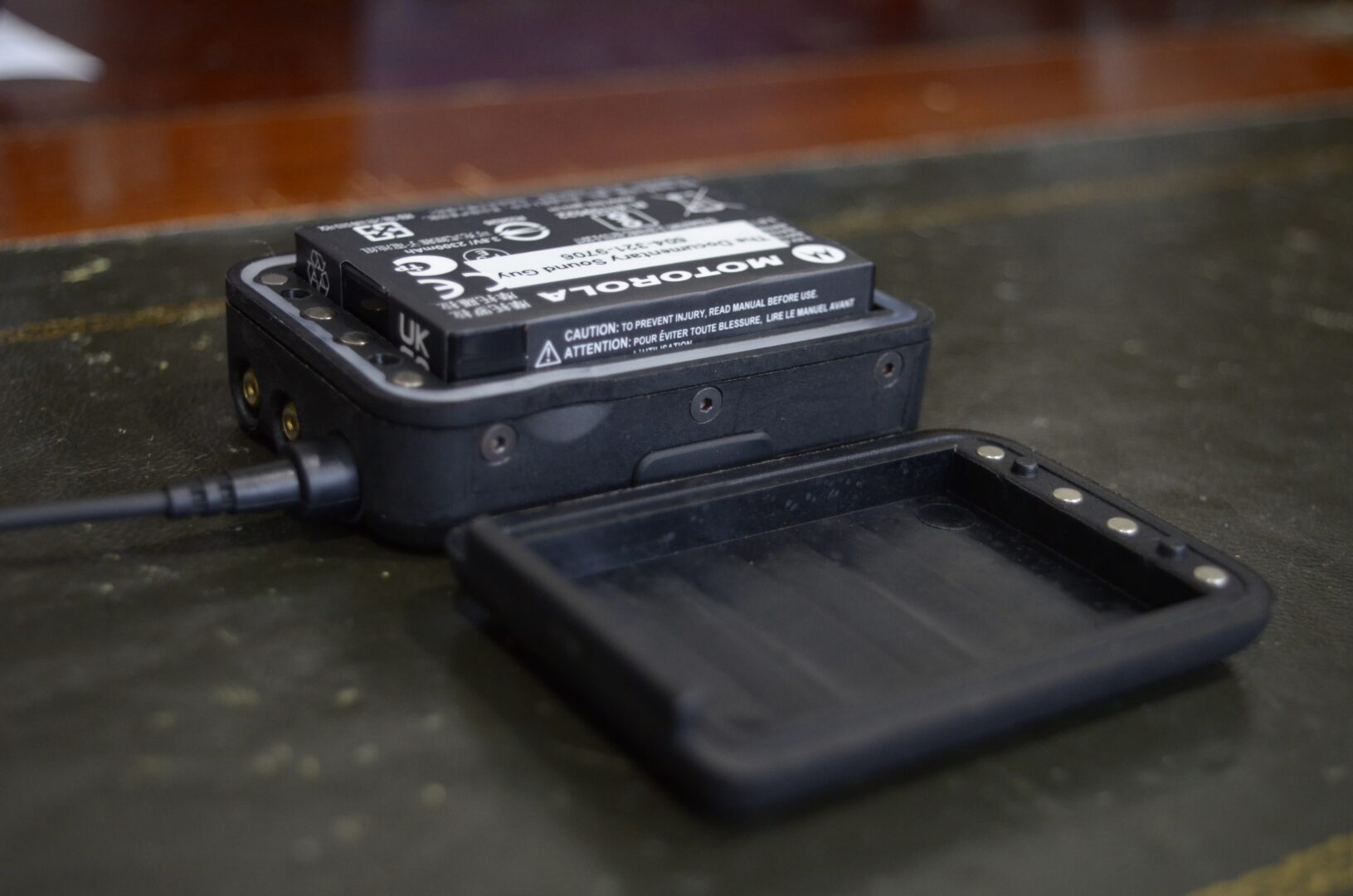
The NP-50 combos both performed similarly, but there was a pretty significant difference with the Motorola batteries: 15h even vs. 15:49. In the grand scheme of things, that’s a 5% difference, which is probably not an unreasonable margin of error for the test, but it does mean you should probably be conservative when estimating runtimes (mostly based on variability in both cell quality and difference between different charge cycles). I would definitely stick with the lower result when looking for practical runtimes (and this is where Zaxcom’s “up to” specification gets a bit suspect for me). One other quirk of the ZMT4-X: The battery telemetry doesn’t work super well. Both my test units showed roughly 50% battery life well into the thirteenth hour of operation. Presumably they fell off quickly after that, but I wasn’t watching closely.
>6h battery life on a tiny ZMT4 means one battery change a day at lunch in most cases. >15h on the ZMT4-X (roughly the size of a Lectro SMV) is phenomenal. Practically speaking, it means no changes during the day. If it dies, you should be well into triple-time on your paycheque.


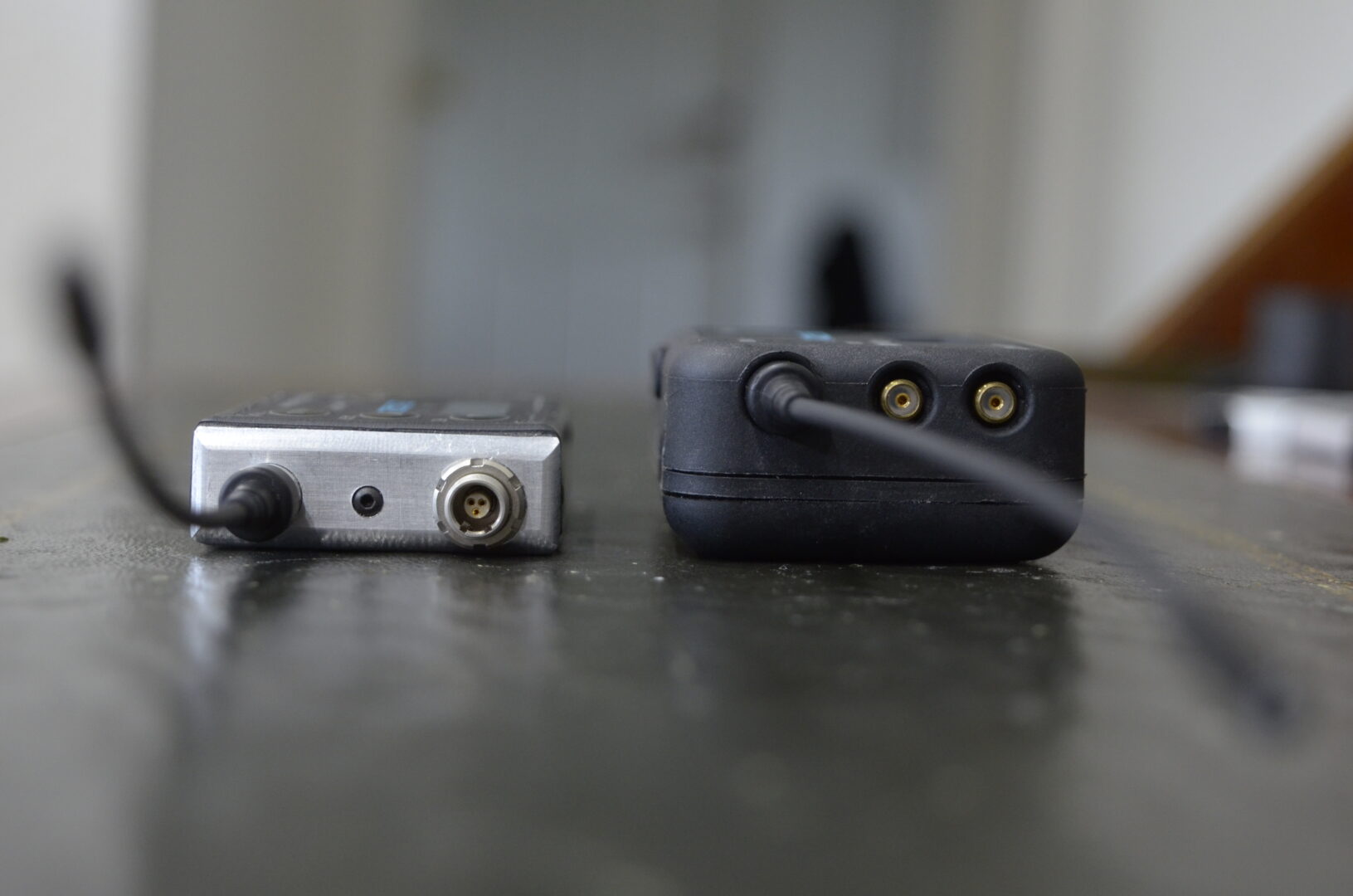
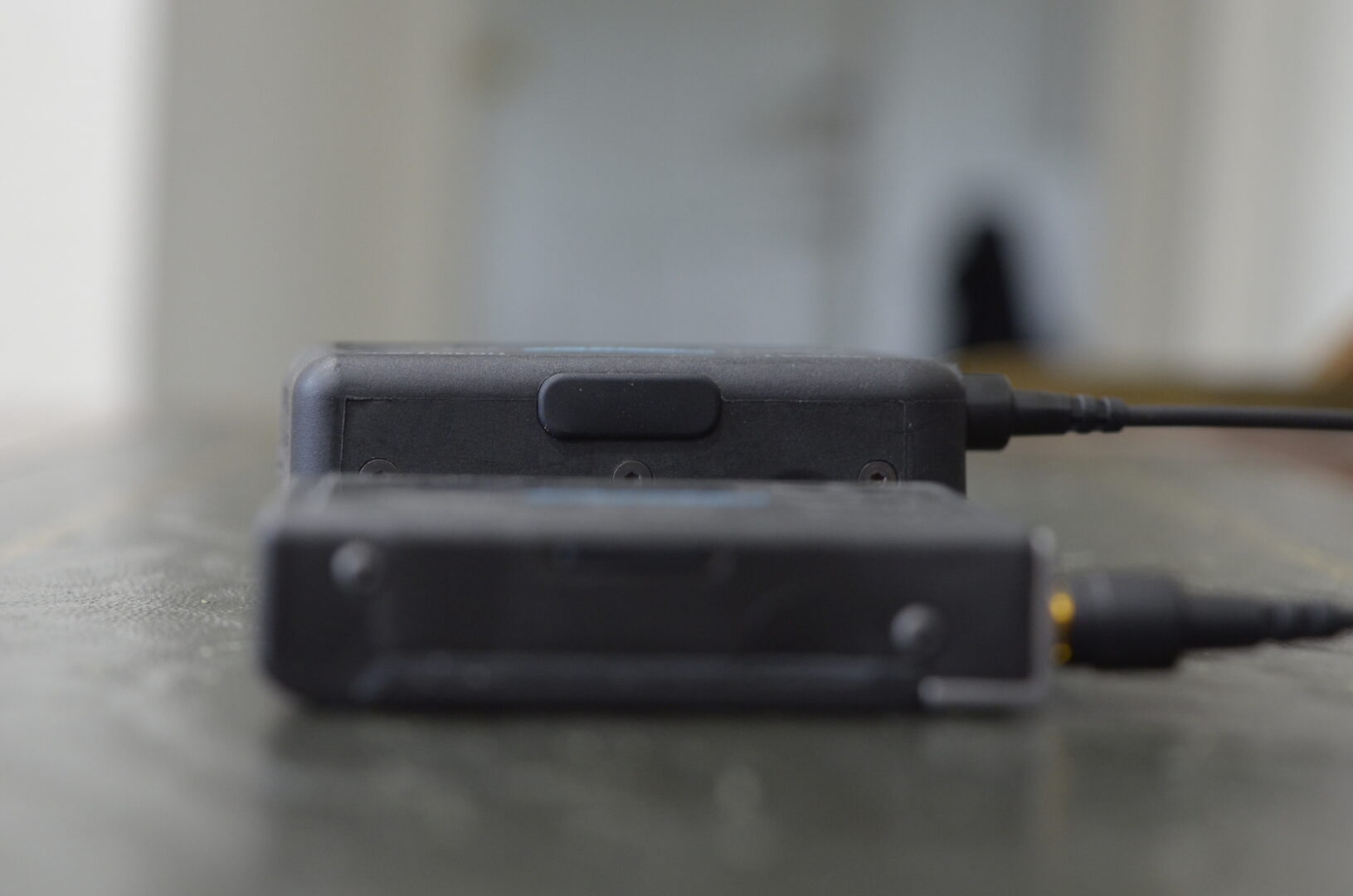
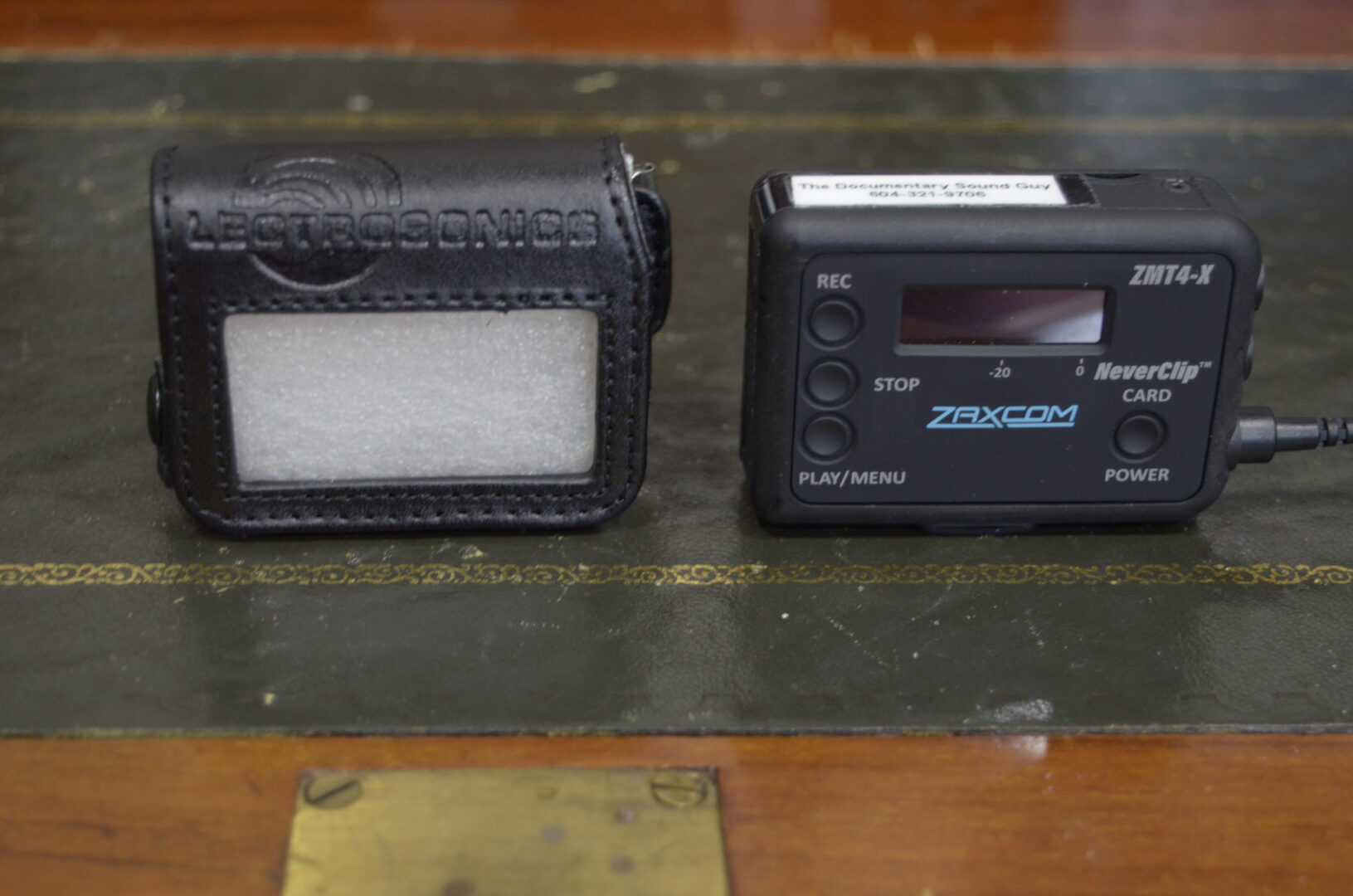
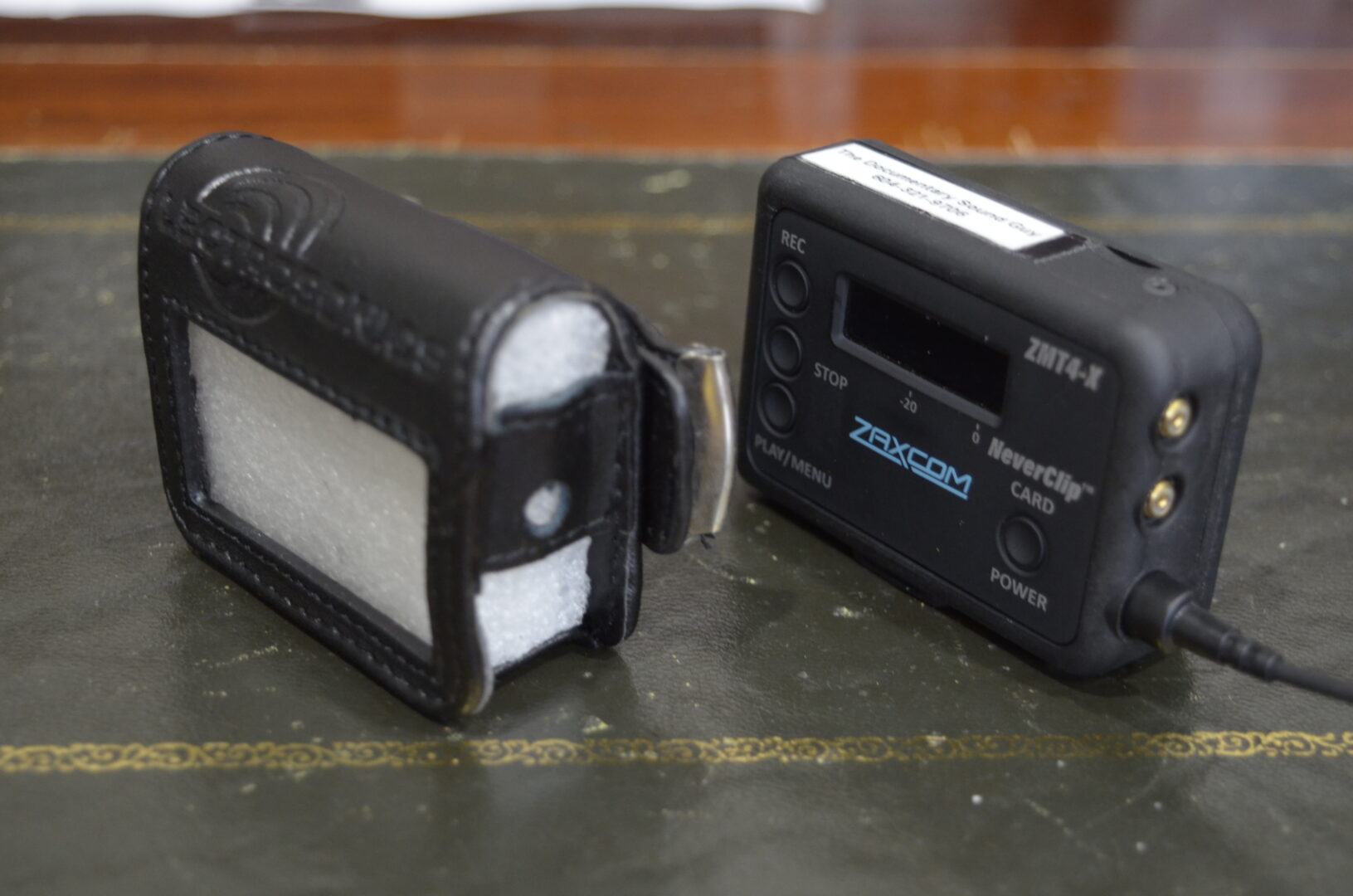
Historic Test
One other point of reference: I previously did a battery test with only the Fujifilm batteries. But I did it with 8 different batteries, and I did it when I first got the batteries (i.e. they had zero charge cycles at the time). The test methodology was slightly different as well: I tested with no lav connected. So, this test isn’t useful for comparing batteries, but it is an excellent way to gauge a confidence interval because I have a sample size of 8.
| Tx Type | Battery Type | Lav Type | Recording time |
|---|---|---|---|
| Zaxcom ZMT4 | Fujifilm NP-50 | None | 5:50 |
| Zaxcom ZMT4 | Fujifilm NP-50 | None | 6:27 |
| Zaxcom ZMT4 | Fujifilm NP-50 | None | 6:15 |
| Zaxcom ZMT4 | Fujifilm NP-50 | None | 6:13 |
| Zaxcom ZMT4 | Fujifilm NP-50 | None | 6:18 |
| Zaxcom ZMT4 | Fujifilm NP-50 | None | 6:37 |
| Zaxcom ZMT4 | Fujifilm NP-50 | None | 6:15 |
| Zaxcom ZMT4 | Fujifilm NP-50 | None | 6:12 |
What I get from this is that the original Fujifilm test was mostly clustered around 6:15 runtime with a couple outliers in both directions. That’s about 30 minutes more than the more recent test. What does that mean? Hard to say. It could mean the Fujis perform better on a recent charge (the original test was fresh off the charger; the more recent test they had sat for a week). It could mean the Fuji’s have lost of bit of their capacity as they’ve aged in the last year. And it could mean the B6 really is a bit power hungry.
What does seem likely is that the Lectrosonics LB-50 really is a better battery than the Fuji. The LB-50 tests were done at a similar stage in battery life (i.e. new), and had the dual disadvantages of having sat for a week and having to power a DPA4660 lav. Despite those disadvantages, the LB-50 lasted about 30 minutes longer.
Conclusion
That’s probably way more words than needed to be written about these batteries. The TL;DR summary is this: Zaxcom’s advertised runtimes are pretty close as a best case, but you’d probably be wise to knock an hour off each if you want a realistic average case. In other words: Expect 6h from the ZMT4, and 15h from the ZMT4-X. I’m still shocked at 15h of runtime on a transmitter. That’s effectively unlimited for normal shoot days.
I’d say there’s some evidence that the Lectrosonics LB-50 does offer better performance than the much more common Fuji battery. Whether that extra half an hour is worth paying almost double for is up to you. I’d guess that for some people it might be: reliably getting over 6h is the difference between never having to change batteries before lunch and potentially having to scramble for last minute battery changes right before lunch. If production is paying for batteries as expendibles (which they should be), buying the Lectro batteries will make you a more reliable mixer.